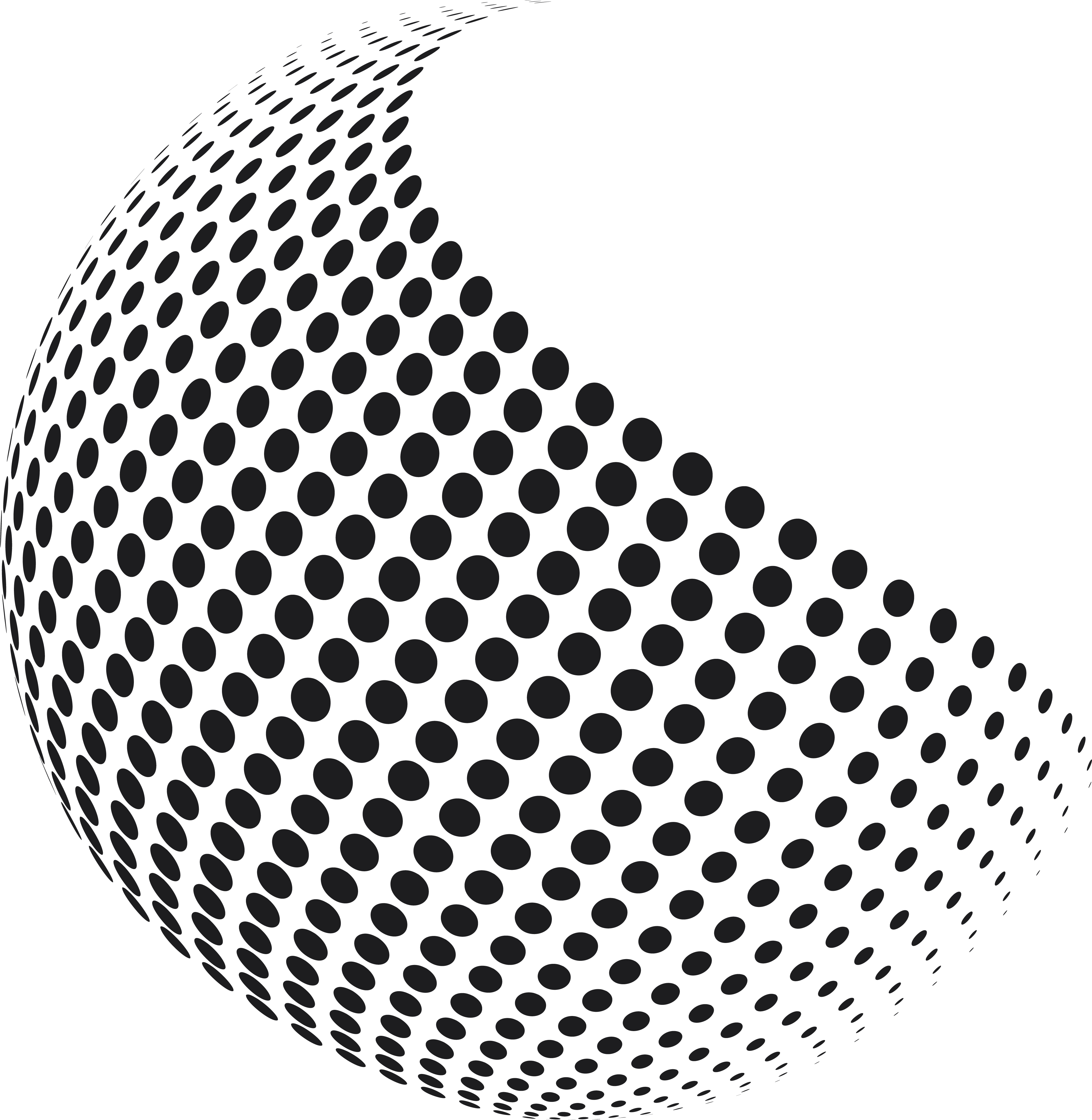The fashion industry has focused on natural dyeing in the quest for sustainable and environmentally friendly practices. Natural dyeing is a centuries-old technique that utilizes plant-based materials to colour fabrics. This blog delves into the fascinating world of natural dyeing, exploring its history, benefits, and the diverse range of colours it can produce.
Join us on this journey as we uncover the beauty and sustainability of eco-friendly colours for fabrics.

The Origins of Natural Dyeing
Discover the ancient roots of natural dyeing and its significance in different cultures.
Explore traditional dye sources, such as plants, roots, flowers, and insects.
Benefits of Natural Dyeing
Learn about the environmental advantages of natural dyes compared to synthetic alternatives.
Understand the impact of natural dyes on human health and the reduction of chemical pollutants.
The Dyeing Process
A step-by-step guide to the natural dyeing process, from fabric preparation to dye extraction and application.
Explore different methods like bundle dyeing, immersion dyeing, and resist dyeing.
Plant-Based Dye Sources
Dive into the world of plant-based dye sources and their unique colour properties.
Discover the vibrant hues derived from plants like indigo, madder, turmeric, and onion skins.
Achieving Color Variations
Understand how pH levels, mordants, and dye modifiers can influence the final colour outcome.
Explore techniques for achieving colour variations and creating intricate patterns.
Sustainable Farming Practices
Highlight the importance of sustainable farming practices in the cultivation of dye plants.
Discuss the benefits of organic farming and the conservation of biodiversity.
Natural Dyeing in Contemporary Fashion
Showcase innovative designers and brands embracing natural dyeing techniques.
Explore the unique aesthetic and artistic possibilities offered by natural dyes.
Caring for Naturally Dyed Fabrics
Provide tips on how to care for and maintain the vibrancy of naturally dyed fabrics.
Discuss natural dyeing's potential for colour fading and suggest best practices for longevity.
Challenges and Future of Natural Dyeing
Address the challenges faced by natural dyeing, such as colourfastness and scalability.
Discuss ongoing research and advancements in natural dyeing techniques.
Embracing Eco-Friendly Fashion
Encourage readers to support eco-friendly fashion by choosing naturally dyed fabrics.
Provide resources and recommendations for finding and incorporating natural dye garments into their wardrobe.
Conclusion
Natural dyeing offers a sustainable and captivating alternative to conventional fabric colouring methods. By embracing natural dyes, we can reduce the fashion industry's environmental impact, support local artisans, and celebrate the beauty of nature's colour palette. Let us embark on this journey together, exploring the world of natural dyeing and embracing eco-friendly fabric colours.

Comentários